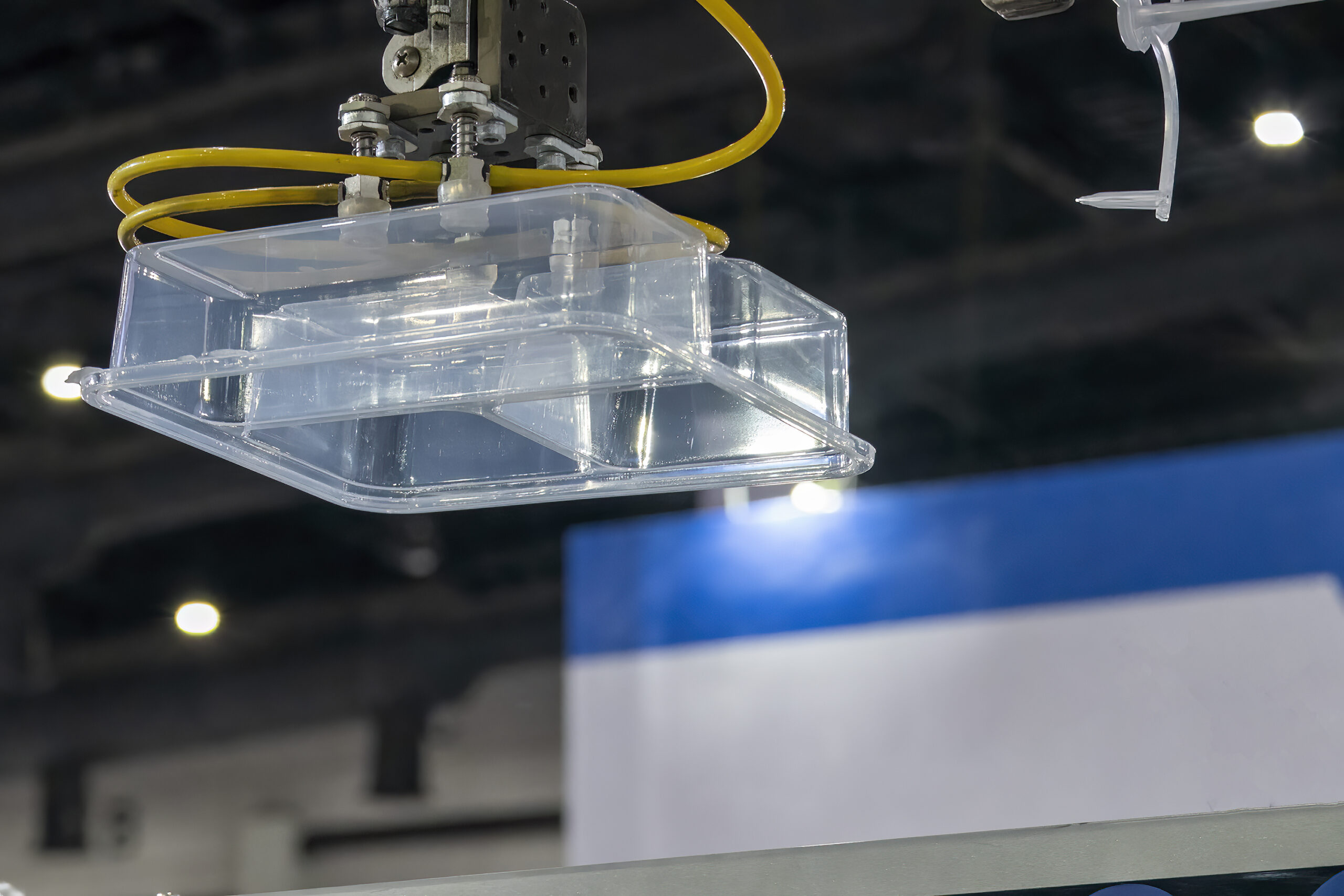Achieving success in manufacturing starts with selecting the right method for bringing a design to life. Among those methods, injection molding is one of the most popular and versatile solutions available. Though it is not a new manufacturing technique, it remains the go-to methodology for businesses across diverse industries. From home appliances and automotive parts to industrial applications and even spaceflight components, injection molded parts are everywhere.
So, what is injection molding all about, and what makes it so popular? There are several good reasons companies invest heavily in partnerships with proven providers of mold tooling and finished products. Let’s explore.
The Basics of Plastic Injection Molding
Plastics are all over the place, from our homes and vehicles to the shelves of our grocery stores. In fact, many of the items you touch every day may have come from an injection molding machine. Here’s what to know about how all those things came to be.

Overview of the Injection Molding Process
At its core, injection molding is a simple technology. The step-by-step process begins with raw materials in the form of plastic pellets. Loaded into a hopper, these pellets move along a heated screw until the machine has a supply of molten plastic. The plastic injection molding machine takes the mold for the part to be made and clamps it down. High pressure then forces a jet of molten plastic resin into the body of the mold, filling the cavity and taking the shape of the desired part.
The plastic sets and cools. After the right amount of dwelling and cooling time, the mold separates and the part ejects. The mold is then ready to cycle again to produce another round of parts. Though there are more complex methods and machines, this general overview provides a good picture of the basic process.
Benefits of Injection Molding
Using a plastic injection mold offers manufacturers important benefits. Repeatedly producing a part design using the same mold is the biggest advantage. When well maintained, molds produce items with a high degree of fidelity from run to run. Quality is a maintainable element. Since you usually need to design and fabricate these molds just once, injection molding also translates to a lower cost per part. You can even design molding dies to create multiple parts from every jet of plastic. This method opens the door to high-volume production at the right price.
Common Materials Used Inside Injection Molds
Injection molding owes some of its versatility to the range of materials it supports. More material options allow manufacturers to achieve qualities such as corrosion and temperature resistance, and strength. Some of the most popular injection molding materials include:
- Polypropylene (PP).
- Low-density polyethylene (LDPE).
- Polycarbonate.
- Polyamides.
- Thermoplastic rubber and more.
An experienced molding manufacturer, like Reliant, can help you select the right material for any given project.
Industries That Rely on This Process
The material versatility, repeatability, and accessibility of molding plastic today make it a go-to choice for many industries. In fact, naming an industry that doesn’t rely on custom plastic parts to some degree is quite a challenge. Some of the sectors that use plastics most heavily include:
- Aerospace and automotive manufacturing.
- Military and defense technologies.
- Consumer products.
- Telecommunications.
- Agriculture.
- Transportation.
Understanding the Pros and Cons of Injection Molding
To understand why so many industries embrace this technology, it’s helpful to consider the core strengths of plastic molding methods. Likewise, it is also important to understand its limitations — this approach isn’t always best for every kind of product.
The Strengths of Injection Molding
When considering where this method shines, we’ve already noted that molding allows for producing the same part repeatedly with a high degree of precision. Likewise, molding leads to fast results and high volume, which is important in today’s speedy economy. Other benefits include:
- Diverse material options. There are resins for many use cases and purposes with important physical properties.
- Options for supporting complex manufacturing. Overmolds and inlays let you skip steps later in operations by combining components into the molding process.
- Numerous finishing techniques ideal for both industrial and consumer-facing applications.
- Longevity. Well-stored and maintained molds can go into long-term storage and still be ready to produce new parts on demand.
Understanding the Potential Issues With Injection Molding
Remember, every manufacturing technology has some limitations and potential drawbacks. For injection molding, here’s what to know ahead of time.
- The upfront costs for initial tooling are higher. Consider this cost as the trade-off for cheaper parts later; even years into a production run, you won’t need to pay to redesign molds.
- Accessing the appropriate level of production capacity for a project can be challenging. Long lead times in a global economy can create logistic concerns.
- Not all parts work best with injection molding. Designs under even semi frequent revisions could require extensive retooling costs.
There are many applications for which this process is the right choice for a business, and technological advances continue to enhance it. With 3D-printed prototypes and design software growing rapidly more advanced, a molding manufacturer is a vital asset.
Finding Proven Help for High-Quality Molding Design and Production
A proven partner is essential for establishing a successful injection molding production run. There are many elements to consider beyond this brief overview, from overmolding to the inclusion of metal parts. Locating the right team to support your product development is essential to success.
At Reliant Plastics, we leverage decades of experience and an exceptional U.S.-based team to provide the service and reliable outcomes our clients demand. From the most basic small parts to advanced prototyping and beyond, we’re equipped to support your needs immediately.
Learn today how we can put the power of injection molding at your disposal.




